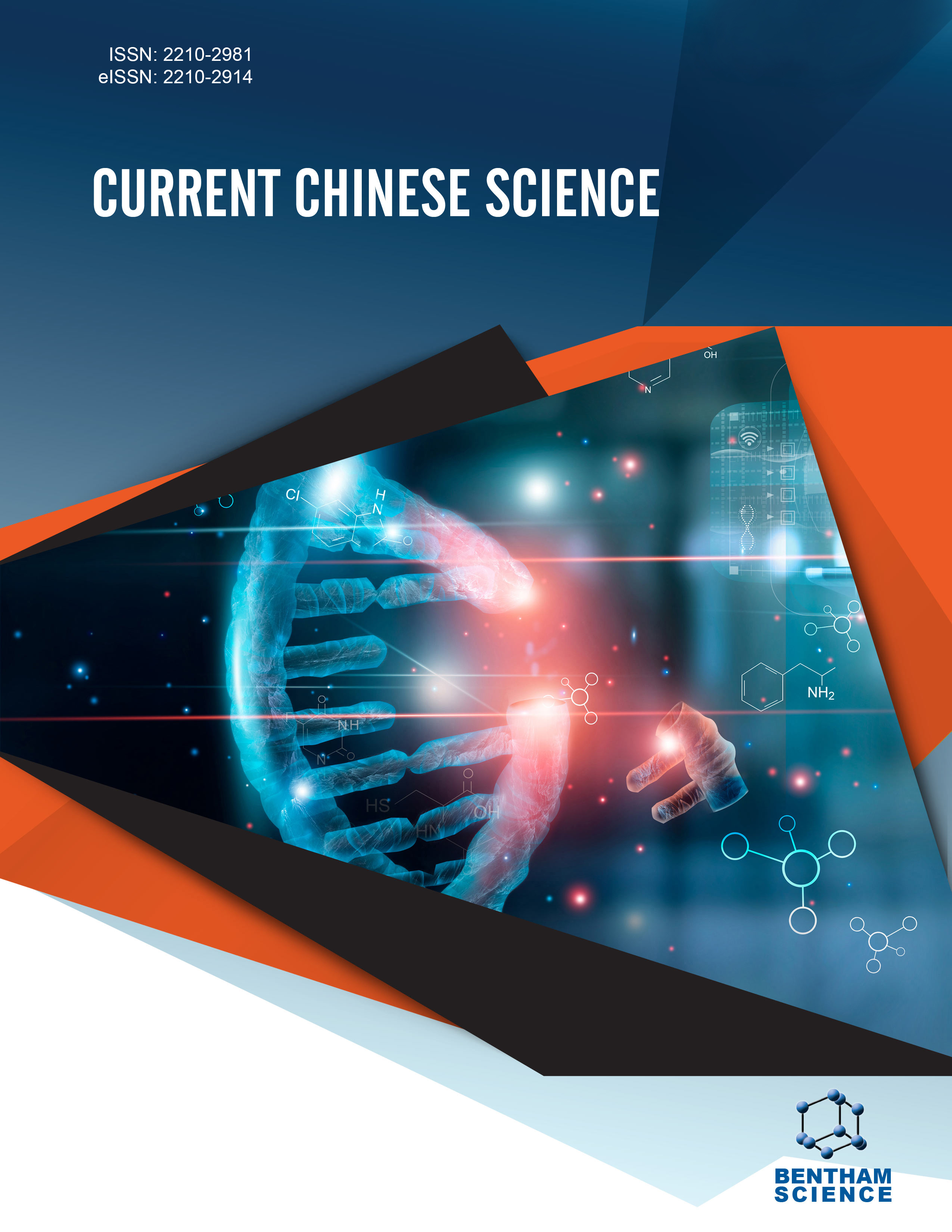-
s Is it Photodegradation or other Electronic Mechanisms Responsible for Photoluminescence Quenching under Nonenvironmental Conditions in Poly(3-octyltiophene) Electrochemically Synthesised?
- Source: Current Chinese Science, Volume 2, Issue 6, Dec 2022, p. 408 - 415
-
- 01 Dec 2022
Abstract
Aims: This work investigates the photoluminescence properties of poly(3- octylthiophene), namely P3OT films, under excitation power and time light expositions. When exposed to monochromatic illumination, the degradation mechanism of P3OT films is precise in environmental conditions. However, in some environmental controlled or non-environmental conditions, the quenching luminescence of P3OT subject to monochromatic light excitation is not fully understood. In this context, it is necessary to understand what causes quenching luminescence of P3OT films under environmental conditions. Methods: The P3OT was synthesized by chronocoulometry, using tetraethylammonium tetrafluoroborate and lithium perchlorate as supporting electrolytes, and after it is deposited on a conductive substrate of fluoride-doped tin oxide (FTO). The films were synthesized and maintained under an argon atmosphere, and their thickness is dependent on the charge. The characterisation was achieved by applying techniques like UV-Vis absorption spectroscopy, photoluminescence, and emission ellipsometry. Results: The UV-Vis absorption measurements demonstrated a different interaction of polymer/ dopant due to the polaronic band. The results showed that photoluminescence quenching with time is a behaviour caused by energy transfer between quinone chains and pristine chains of the P3OT. The polarised emission measurements corroborate the hypothesis of energy transfer between chains. The emission ellipsometry technique was used to understand energy transfer processes and other properties. The self-absorption phenomenon and integrated PL investigation of the P3OT emission elucidated the mechanism involved in the observed properties. Conclusion: Besides that, the results show that photoluminescence quenching happens in nonenvironmental and environmental conditions, corroborating the hypothesis that PL quenching occurs because self-absorption phenomena influence the energy transfer mechanism.


